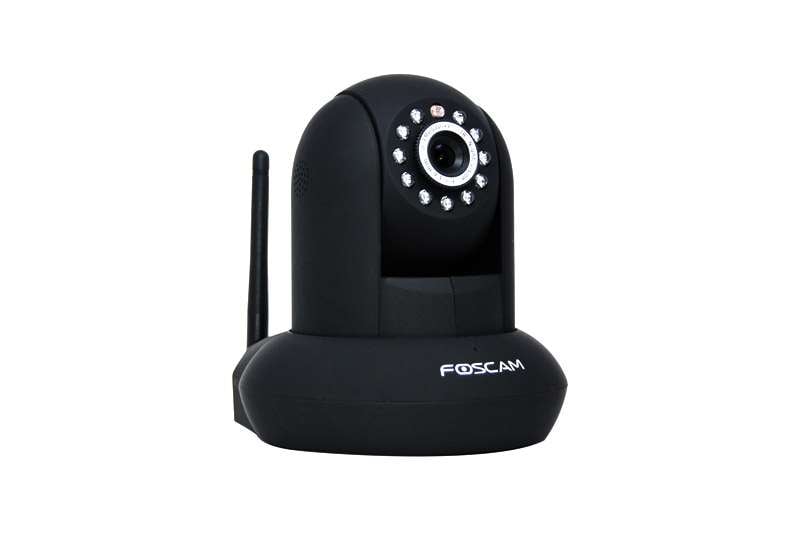Your Cart is Empty
Discover dormkaba Saffire EVO + ButterflyMX – The Ultimate Access Solution for Multi-Family Properties!
Discover dormkaba Saffire EVO + ButterflyMX – The Ultimate Access Solution for Multi-Family Properties!

According to Reuters, home automation was a 1.5 billion dollar industry in 2012, and it’s only continuing to grow. Controlling a security system, heat, lights, water pumps, televisions, garage doors, and even household appliances with a smartphone or computer is old news for tech-savvy households—having now moved on to monitoring applications, such as smoke/carbon monoxide detectors and baby monitors.
Chances are, if you’re savvy enough to have your coffee automatically start brewing when your iPhone alarm sounds, you’re also savvy enough to know that dedicated, Internet-connected baby monitors are a huge waste of money. IP cameras are far less expensive and produce superior picture and sound.
This all sounds great, right? Well, there’s a problem; IP cameras can be disturbingly insecure, especially right out of the box. So, while the convenience factor has ramped up, many families don’t realize their new video baby monitor may be an open door for hackers to watch, record, or terrorize your family.
It’s an unsettling thought to say the least—that someone could be peering through your baby monitor and listening in on conversations. Unfortunately, it’s a problem that doesn’t appear to be slowing down thanks to camera location tools built to find and easily jump on unsecured IP cameras.
Just recently, a family in Texas discovered a stranger yelling at their daughter while she slept—or there’s this guy in his office (below) that is a great sport about his videoconference camera getting hacked and softly playing “I’ll be watching you” by The Police.
Now that you’re officially creeped out let’s talk about how to secure your IP camera.
We all hate registering products, but that’s probably why so many cameras go unsecured. Registering your camera ensures you’ll be aware of major firmware security updates from the manufacturer meant to address any vulnerabilities.
Just like you would want to change the default admin/admin login on your router, or the installers code on your house alarm, you’ll want to change the default login through your camera’s software tool(s). We can’t stress this enough—leaving a default login/password makes it incredibly easy for hackers to jump in.
A solid firewall around your home network can provide a line of defense from attackers. If you’re planning on allowing the camera to broadcast to the wider Internet so you can check in remotely (probably not the greatest plan) researchers suggest limiting the remote IP addresses that can connect to your router, and throttling the connection rate.
These tips won’t make your camera “un-hackable” but it will make it more difficult to access remotely—and often that’s all you need, since the attacker will likely opt to bypass the challenge and go for the unsecured connection down the street. That all being said, it’s wise to place the camera in areas of your home where you wouldn’t feel completely violated if happened to be viewed by strangers.
© 2025 GoKeyless. All rights reserved. Privacy Policy. Terms of Use. Powered by Brandography.